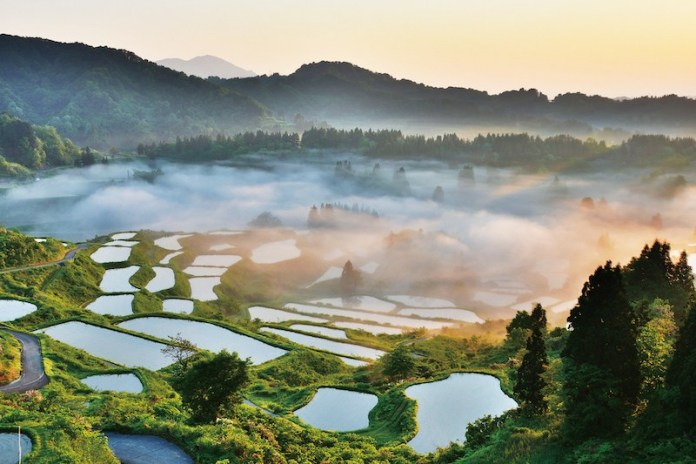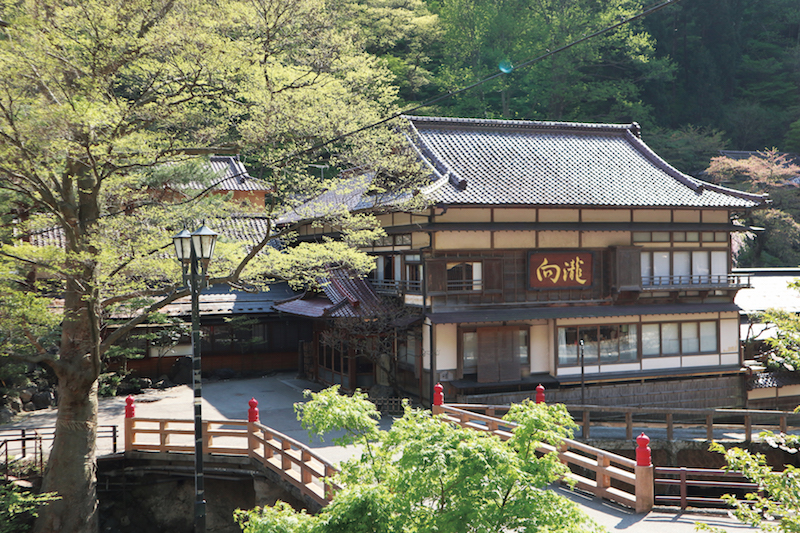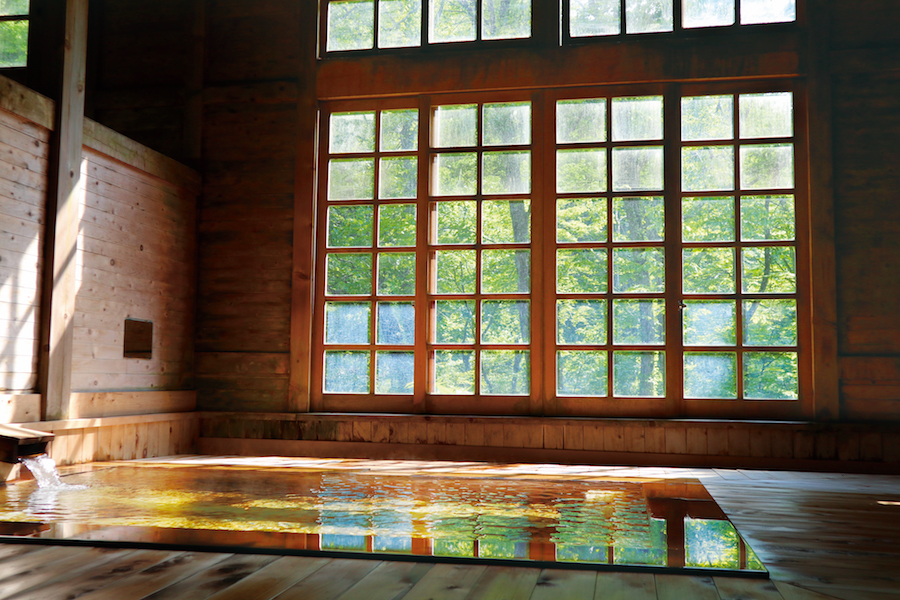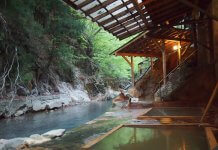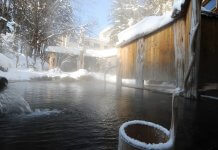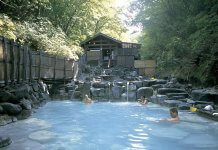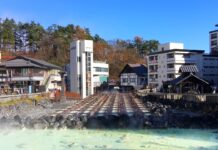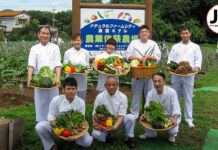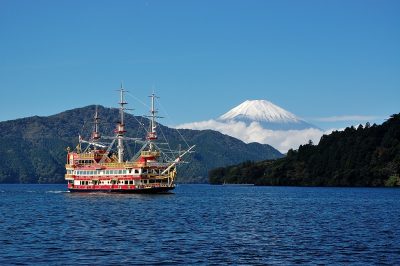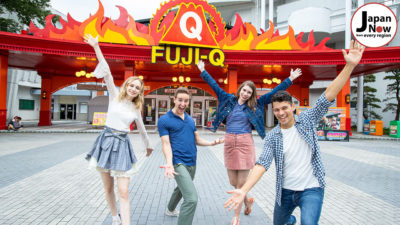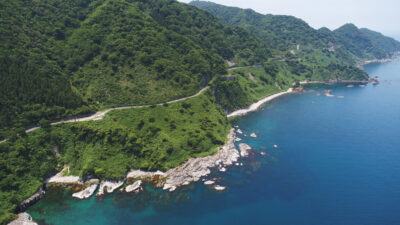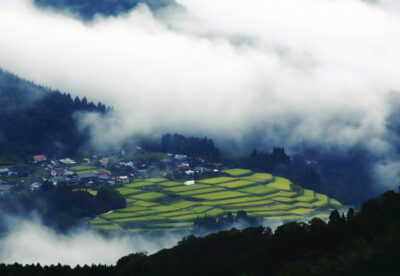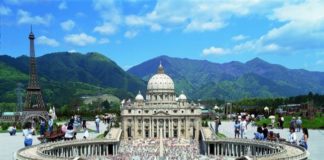Niigata Prefecture, Japan’s top producer of rice, is often characterized by stretches of terraced fields and rustic countryside scenery. Nevertheless, the old street of Niigata is also worth visiting for its amazingly nostalgic atmosphere that feels like a time warp into the past.
Endless terraced fields and countryside views
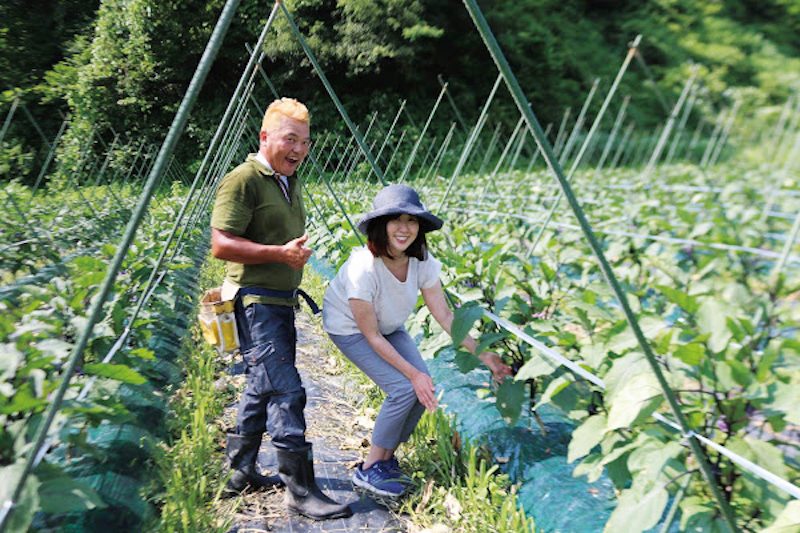
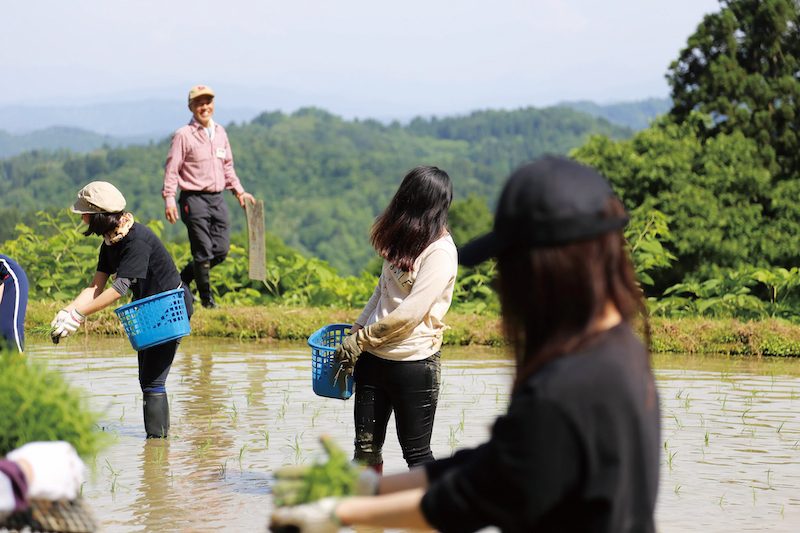
The terraced fields in Niigata’s Tokamachi City, especially in the areas of Matsudai and Matsunoyama, is a breathtaking scene that lingers in one’s mind. It has been selected as one of Japan’s 100 most famous countryside views. Lush green hues in spring slowly turn into golden colors in autumn, creating different wonders for the eye every season. While here, why not book a night with a local B&B to experience a day in the life of a farmer and experience authentic Japanese hospitality?
Hoshitoge Rice Terrace
Access: A 20-minute drive from Matsudai Station on the Hokuetsu Express Hokuhoku Line
Website: tokamachishikankou.jp/en/nature/
HOME away from HOME Niigata
Website: homehome.jp/en/
Strolling down the hot spring street
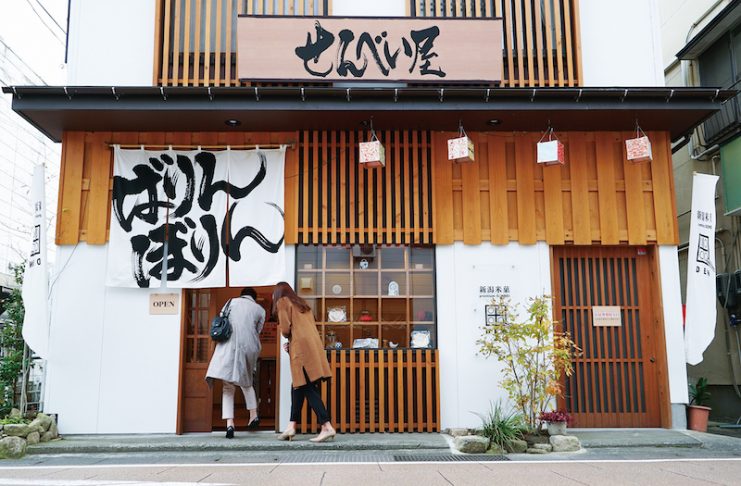
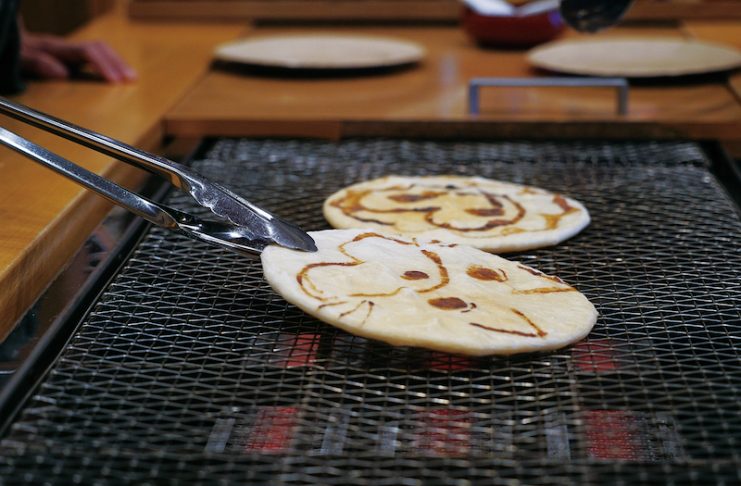
Tsukioka hot spring in Niigata’s Shibata City was discovered by chance in 1915 during an oil drilling operation. The water, in the colour of emerald green, can reach a high of 51 degrees Celsius. As it is slightly alkaline and hypotonic, it is hailed for its beautifying and therapeutic effects. There are quite a few boutiques on both sides of the hot spring street where you can get your hands on locally produced rice and Japanese wine. By the way, soaking your feet in the free foot bath is a nice way to relax after a long walk.
Access: A 20-minute shuttle bus ride from Toyosaka Station on the JR Hakushin Line Website: tsukiokaonsen.gr.jp/en/
Immerse yourself in the nostalgic castle town
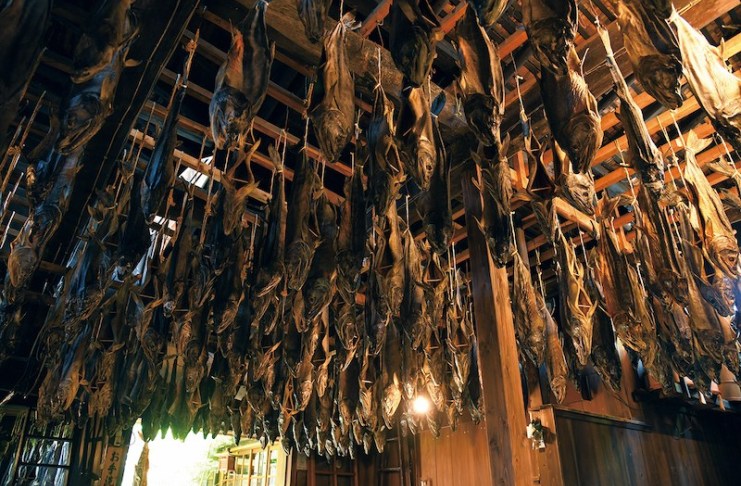
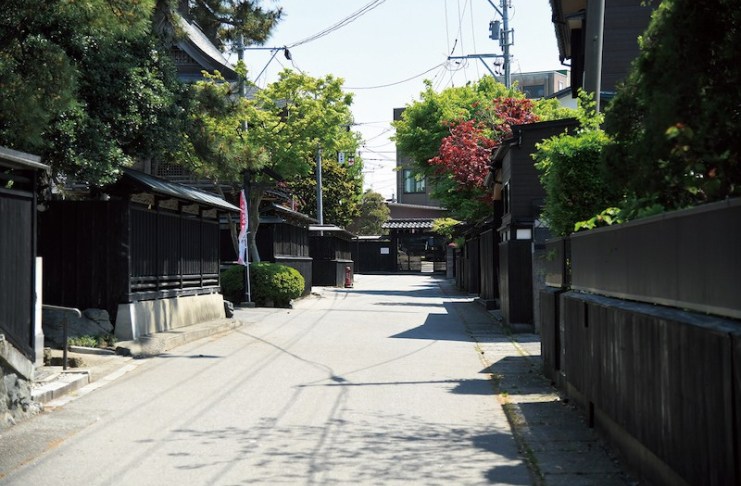
The term jokamachi, or castle town, refers to a type of city that developed around the feudal lord’s castle in the past. Take a walk down jokamachi Murakami to discover historic shops that are still in business and an area where temples and traditional restaurants sit alongside each other. The nostalgic black fence street, castle ruins and samurai residences all come together to tell the story of the city’s glorious past. While here, don’t forget to sample tea and salmon dishes – local specialties that highlight Murakami’s rich culture.
Access: Transfer to JR Uetsu Main Line from Niigata Station on the Joetsu Shinkansen and get off at Murakami Station
Website: sake3.com/en/
Thousand-year-old Salmon Kikkawa
Hours: 9am-6pm
Access: A 25-minute walk from Murakami Station on the JR Uetsu Main Line or a 7-minute drive from the station
Address: 1-20 Oomachi, Murakami City, Niigata Prefecture
Website: www.murakamisake.com (Japanese)
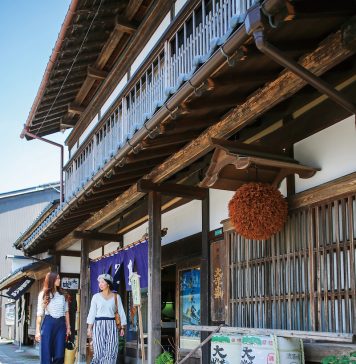
What is JOKAmachi?
In Japan, a castle town usually consists of castle ruins, samurai residences, machiya and teramachi. Machiya refers to the traditional townhouses built to accommodate businessmen and craftsmen. Teramachi, which is usually located outside the castle, is an area for temples and shrines. Murakami City is one of the few castle towns that have preserved the above four elements.
Become a gold Miner in Sado
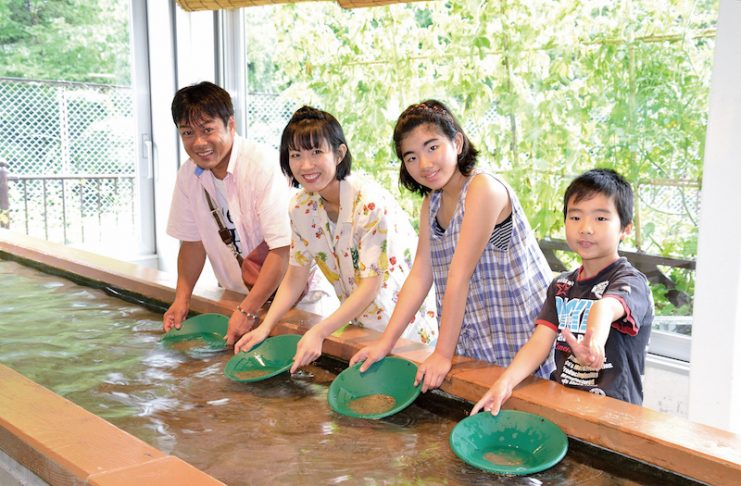
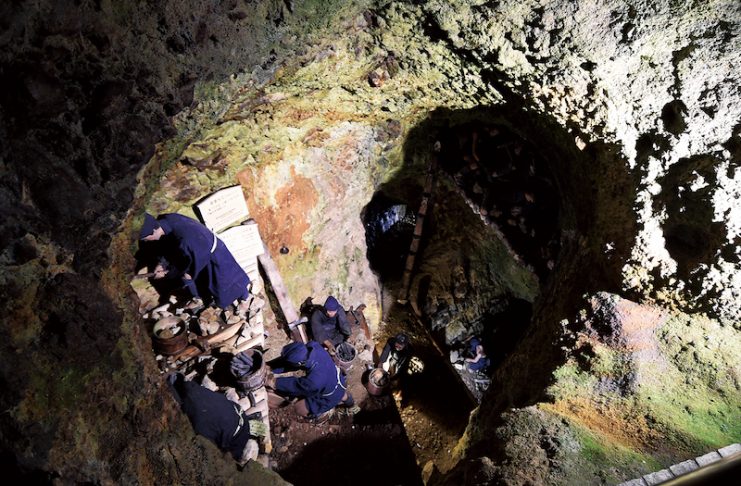

Sado, the world’s largest mine in the Edo period (1603-1868), continued its operation until 1989, when it was shut down due to resource depletion. Over 400 years of mining business brought prosperity, opportunity and progress to this remote island. Though the town has declined over the subsequent years, visitors can visit Sado Kinzan Gold Mine and Kitazawa Floatation Plant to imagine the good old days. The clock tower, government office and stores in the Kyomachi-dori area have been restored to their original state and are worth a visit.
Historic Site Sado Kinzan Gold Mine
Website: visitsado.com/en/spot/detail0098/
Kitazawa Floatation Plant
Website: visitsado.com/en/spot/detail0091/
Visit a forgotten town along the Sea of Japan
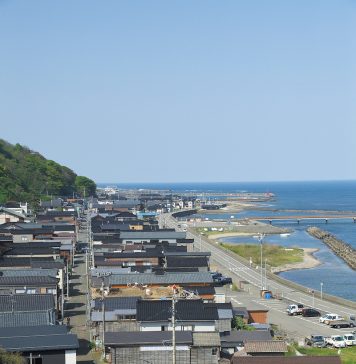
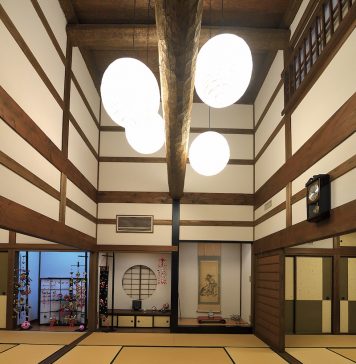
Izumozaki is a small town located along the Sea of Japan. It became a tenryo, or land under the direct control of the Tokugawa shogunate, during the Edo period (1603-1868) because it serves as an important hub to the thriving gold and silver mining industry from the Sado Island to the mainland. Kitamaebune, or north-bound ships traveling between Hokkaido and Kyoto, also made stops here, attracting a lot of business activities. Izumozaki’s past glory holds glimpsed of the tsumairi architectural structure.
Access: If you are departing from Kashiwazaki Station on the JR Shinetsu Main Line, transfer to the Echigo Line and get off at Izumozaki Station
Website: www.izumozaki.net (Japanese)
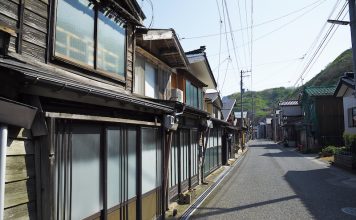
Tsumairi architectural strucure
Tsumairi is a traditional Japanese architectural structure where a building has its main entrance on one or both of the gabled sides. In the past, tax was levied according to the width of the frontage of the building. As a result, locals preferred to build their houses in the tsumairi style, thus giving rise to the unique cityscape of Izumozaki.
Old street Lined with breweries
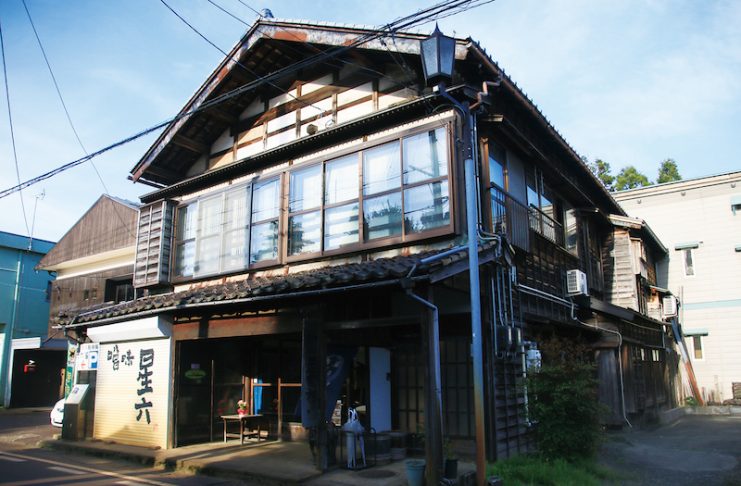
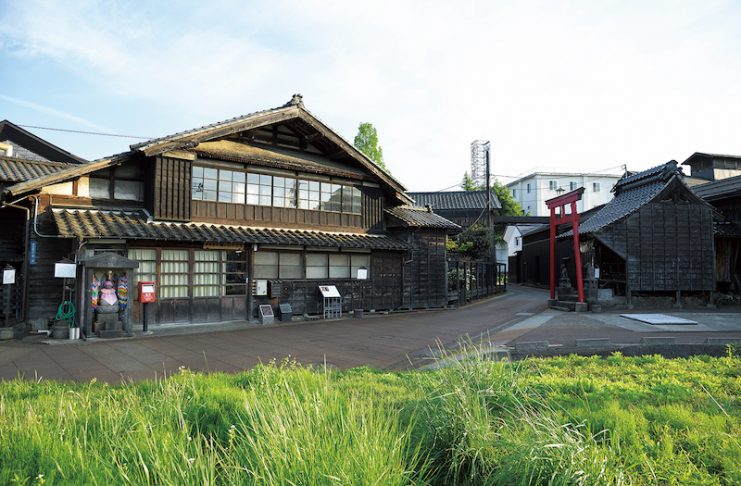
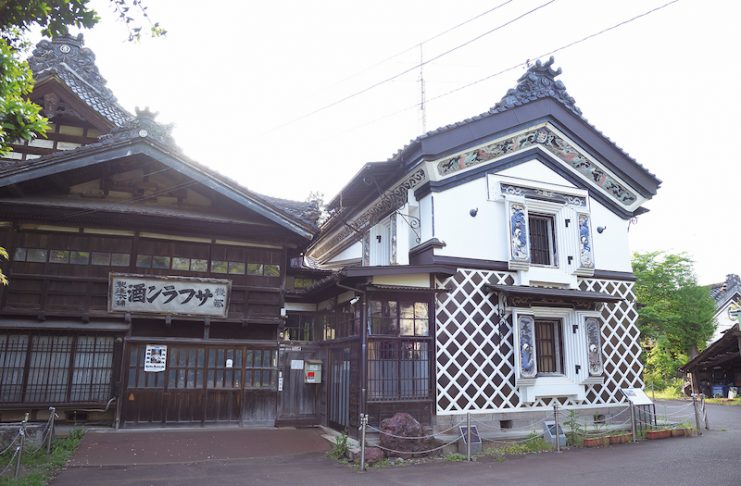
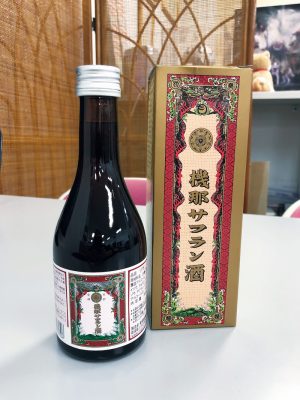
Since Nagaoka City’s Settaya used to be a fief of Ueno’s Kanei Temple, the area was not subjected to the jurisdiction of the local feudal lord and thus enjoyed a relatively liberal atmosphere that was conducive for business activities. Most of the old buildings in the area consist of miso paste factories, soy sauce and Japanese sake breweries. Some are still in operation today, so if you are interested, get a tour map at the tourist center in Nagaoka station and explore away!
Access: A 10-minute walk from Miyauchi Station on the JR Shinetsu Main Line
Website: niigata-kankou.or.jp/experience/13238 (Japanese)
 0
0

